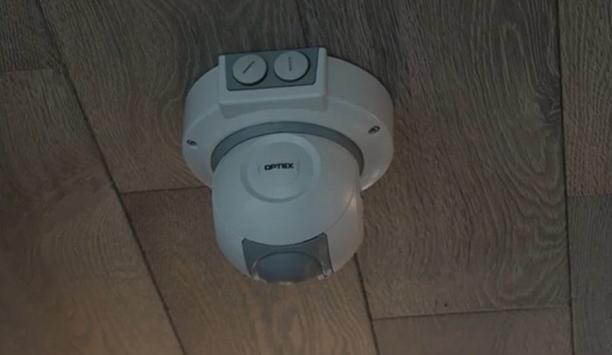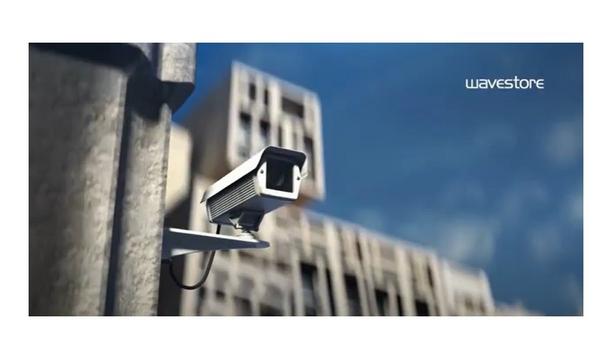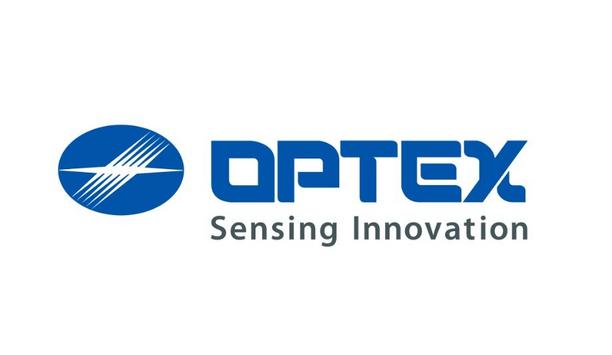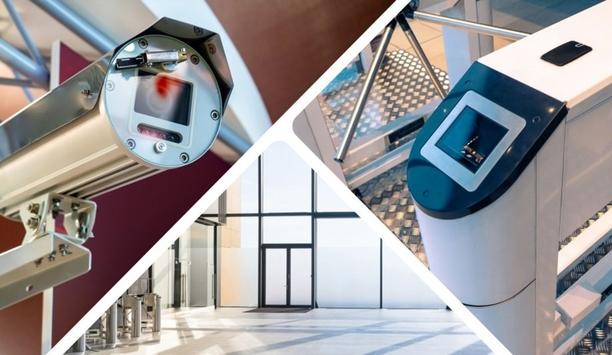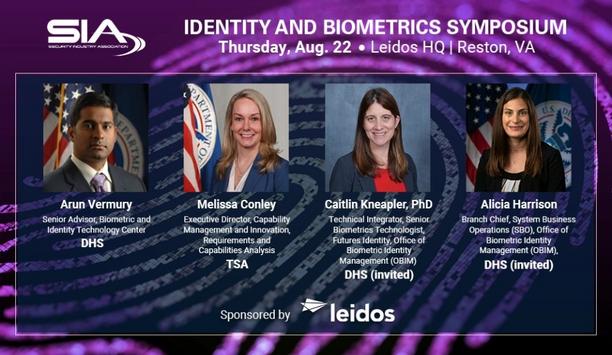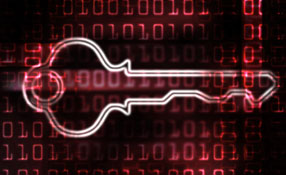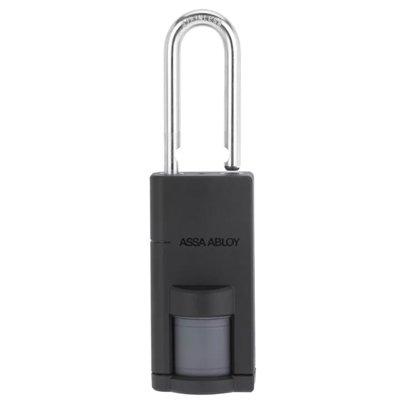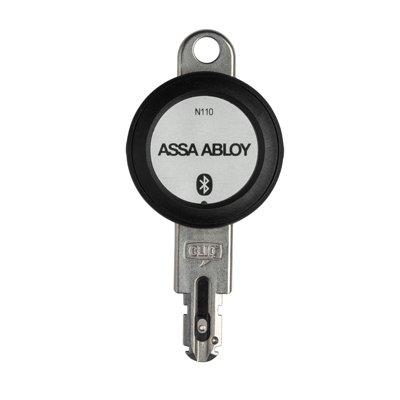 |
| Intelligent asset management is a natural extension of access control |
Key and asset management can integrate with other security disciplines to extend beyond the much-hyped vogue for 'convergence' and move towards truly intelligent building management. Brenda Taylor, Sales and Marketing Director of Traka, shows how assets can be protected with an approach that draws on shared data while making its own contribution to enterprise-wide information.
A point for anybody who has begun to look beyond traditional metal keys is that keys are of no value in themselves; their worth lies in what they give access to and the protection they afford to processes and assets, be these equipment, vehicles, tools or even weapons by selectively restricting who has them and how people move around a site in order to use them.
Access control in terms of door management progressed beyond the traditional key as soon as role-based discrimination between staff was made possible by the magstripe card and subsequently by proximity cards using RFID. Developments in the form of protocols such as Weigand followed. High-level access control measures may now combine evaluation of a card submitted by the user with biometric scanning of their retina, iris, finger or the whole topography of their hand.
Delayed adoption of this technology in order to control the issue of keys and discriminate between staff members on a need-to-have basis has made key management a poor relation of access control. But some companies have pioneered fob systems in which use of keys is controlled and recorded with the fob – usually a nickel-plated cylinder – being attached to the keys via a tamper-proof metal seal. A uniquely-identifiable chip within the fob allows facility supervisors to impose hierarchical rights management on use of the key with the same kind of sophistication that we associate with door control. Management software now allows the pooling of data between different sectors of the security spectrum, a collaboration which makes both the economic and logistical cases for intelligent key management overwhelming.
Key Management: Fobs Serving as Keys
 |
| Access control in terms of door management progressed beyond the traditional key |
Few companies working with elite retailers have made the fob the key itself rather than just an attachment and using the fobs to control access to forklift trucks. Only a staff member with a fob confirming that they have an appropriate license and training certificate (which must be in date) can even turn on the ignition. In this way, a security mechanism permeates through health and safety by assessing a user profile before granting privileges.
Similarly wide-reaching systems are in place at mines in South Africa. Stringent safety practices log a worker’s hours in areas where they may be exposed to contaminants, and when fob details indicate that a threshold has been reached the worker is unable to use vehicles and equipment or in some cases even get onto the site.
Leading intelligent key management systems are well placed to share data with other security disciplines, the most obvious interaction being with access control. The drive for this integration stems from good engineering and business practice but interconnectivity is also being promoted by the standards bodies ONVIF and PSIA.
Open Architecture and Intelligent Asset Management
Common standards are also being promoted by major access control developers to show that intelligent asset management is a natural extension of access control, and information should ideally be shared seamlessly across databases. For example, two systems can interact to ensure that a warder can only open a door to a prison wing where he/she might be vulnerable to assault once they have taken a personal attack alarm from an RFID locker. Similarly, in the petro-chemical sector, a worker might only be allowed to enter an area where there is risk of accidental contact with a toxic substance once they have taken charge of a respirator.
Open protocols are allowing exchange of many types of data, and the positive spin-offs between asset management and security/safety systems are obvious. Exchange of information may soon extend to fire or emergency mustering since a staff member identifying themselves to an intelligent key cabinet in order to access an asset such as a tool is often a more recent indication of their location than the opening of a door. This kind of functionality is at concept stage only but it underlines how building management systems will only be truly ‘intelligent’ once they swap data across the widest possible range of sources.
Integration of Access Control With Video Surveillance and Visitor Management Software
Interoperability between security sectors is a ‘given’ now and not a debate. Discerning clients see it as a starting point. Notably, access control is expected to report to CCTV with a standard example being the manner in which break-glass incidents either trigger CCTV recording or send a request for recording to be at a higher resolution. Consultants specifying new-build installations now demand that access control, key systems and issue of assets should all integrate with CCTV, visitor management software and enterprise-wide online incident reporting such as PPM2000. Intelligent building management systems (BMS) have also entered the mix, and integration with BMS can help security meet a green agenda.
Truly integrated solutions are bringing together access control, fire detection, biometric screening, photo ID and PA/VA under intelligent platforms with key and asset management |
As security systems converge, approved contractors visiting a site on a regular basis can be granted some of the access rights of staff members and may be issued with site tools and equipment. At a more general level, it should be noted that good system architecture will now draw on the intelligence of field devices at the ‘edge’. Leading asset management solutions feature intelligence at a product or hardware standpoint.
Disputes between staff as to asset usage (perhaps the claim that one staff member has used a colleague’s fob and, say, crashed a vehicle) can be resolved easily when key cabinets are integrated to CCTV with analytics.
Security alarms can be scaled. A low-key alert such as a beacon might advise a staff member of an innocent mistake such as putting a key into a wrong position while an audible alarm would be activated by more unusual behaviour around a cabinet such as somebody opening and closing a door repeatedly with no associated key event. It should be noted that while the transaction logs generated by key tracking software are normally used by security managers to evaluate atypical threatening incidents, commercial managers can also use the data to assess trends in staff movement and behaviour.
Conclusion
The PSIA has issued a press release agreeing with a claim by IMS (the security industry’s leading market researchers) that “open standards for access control could bring a dramatic change for vendors and alter the face of the access control industry as it is known today”. The PSIA differs with IMS only in saying that the industry is even further along the road to embracing open access control standards than IMS appreciates.
If building subsystems such as access control and asset management are to improve they must continue to integrate and make good judgment calls based on any situation that might arise. On the BMS front, current trends are more encouraging. Truly integrated solutions are bringing together access control, fire detection, biometric screening, photo ID and PA/VA under intelligent platforms with key and asset management proving versatile components in security and situational awareness.

